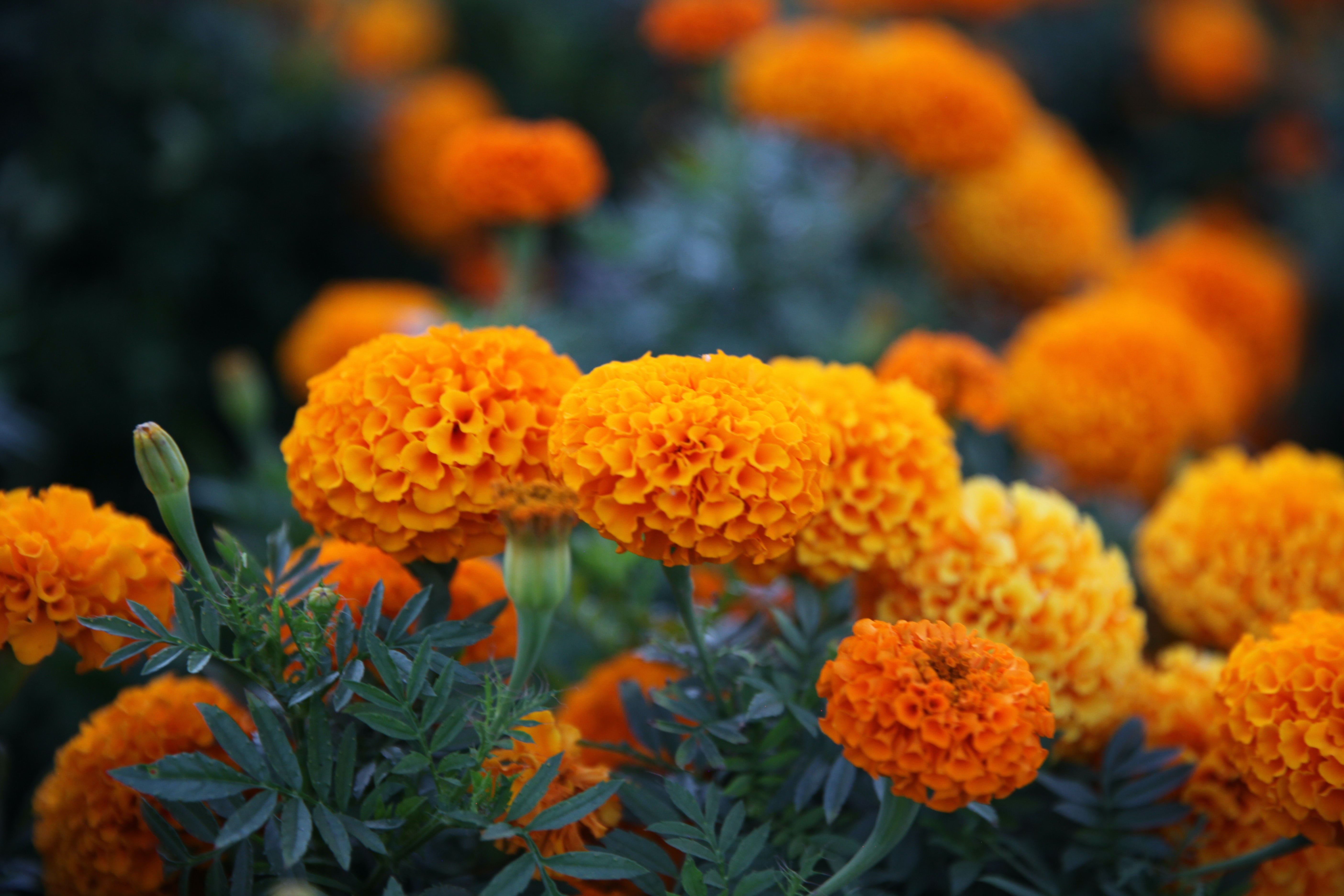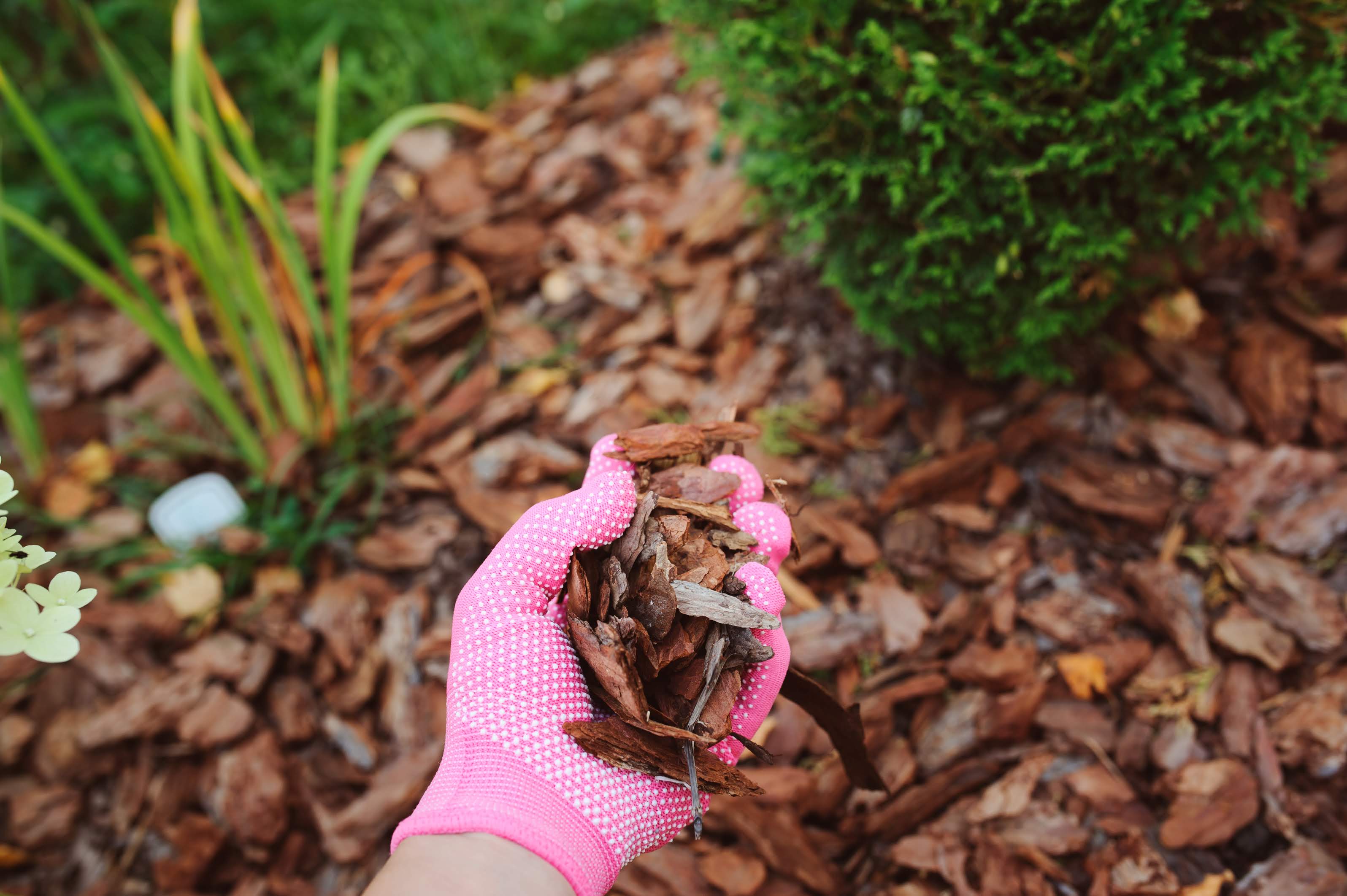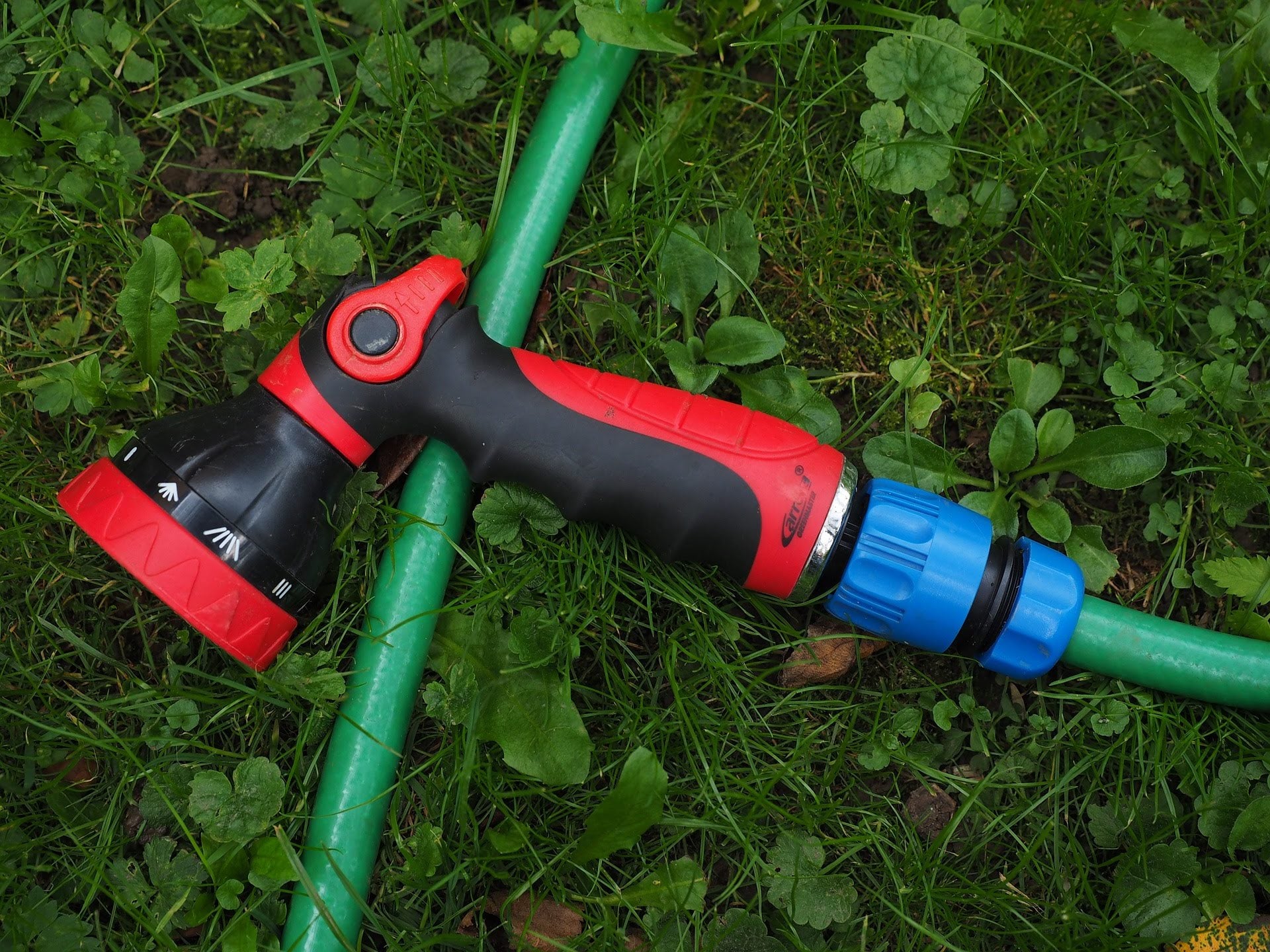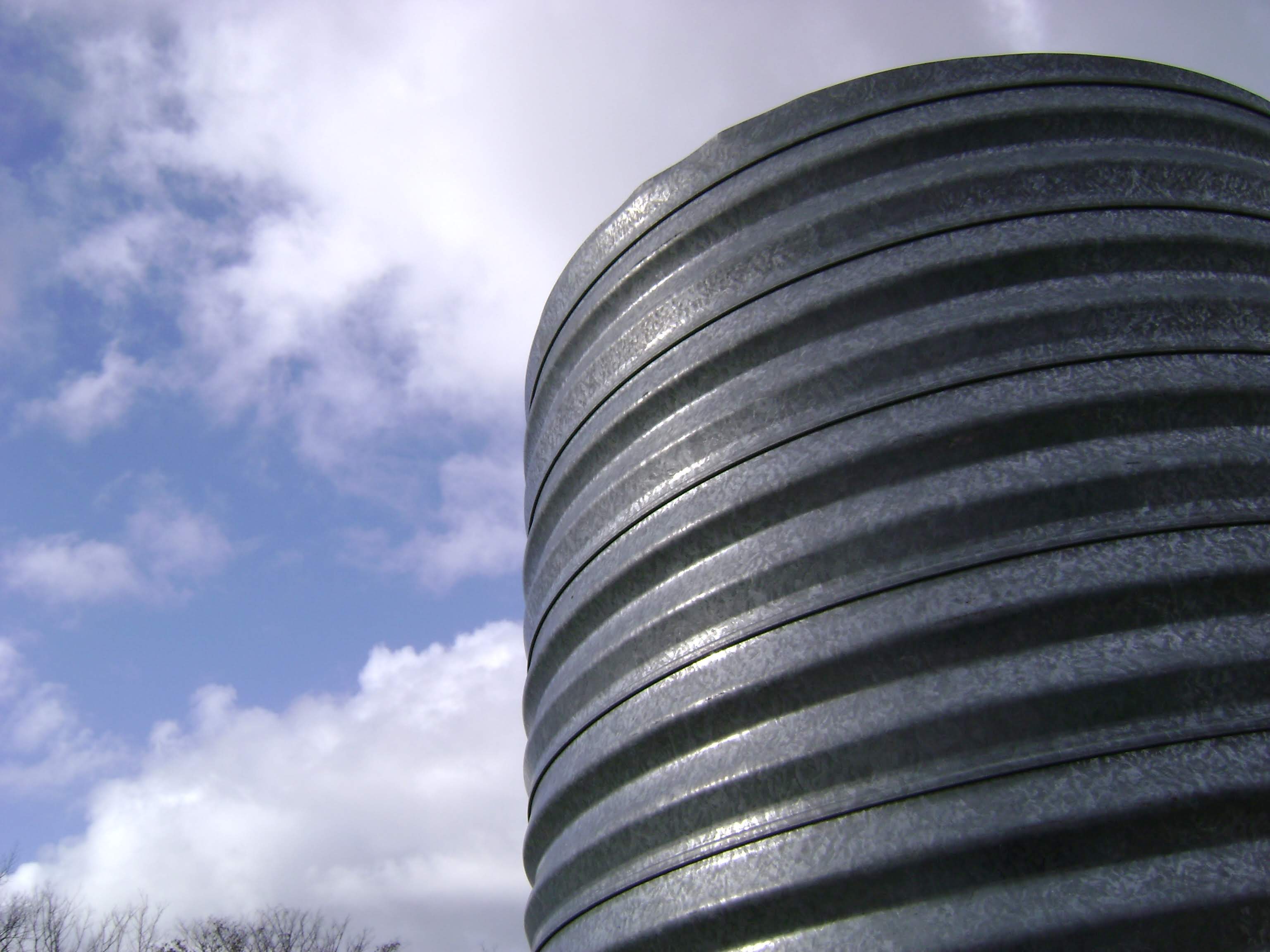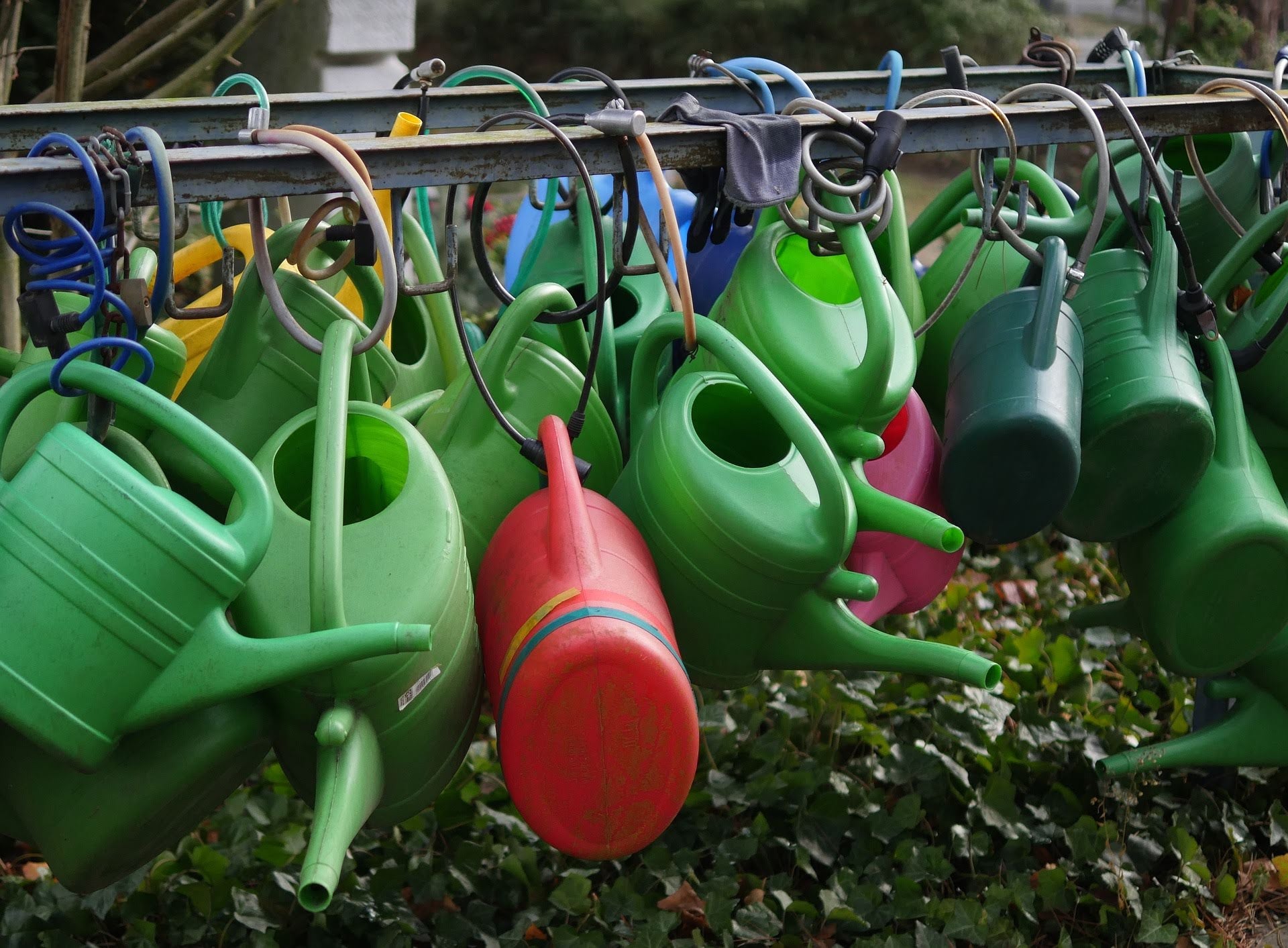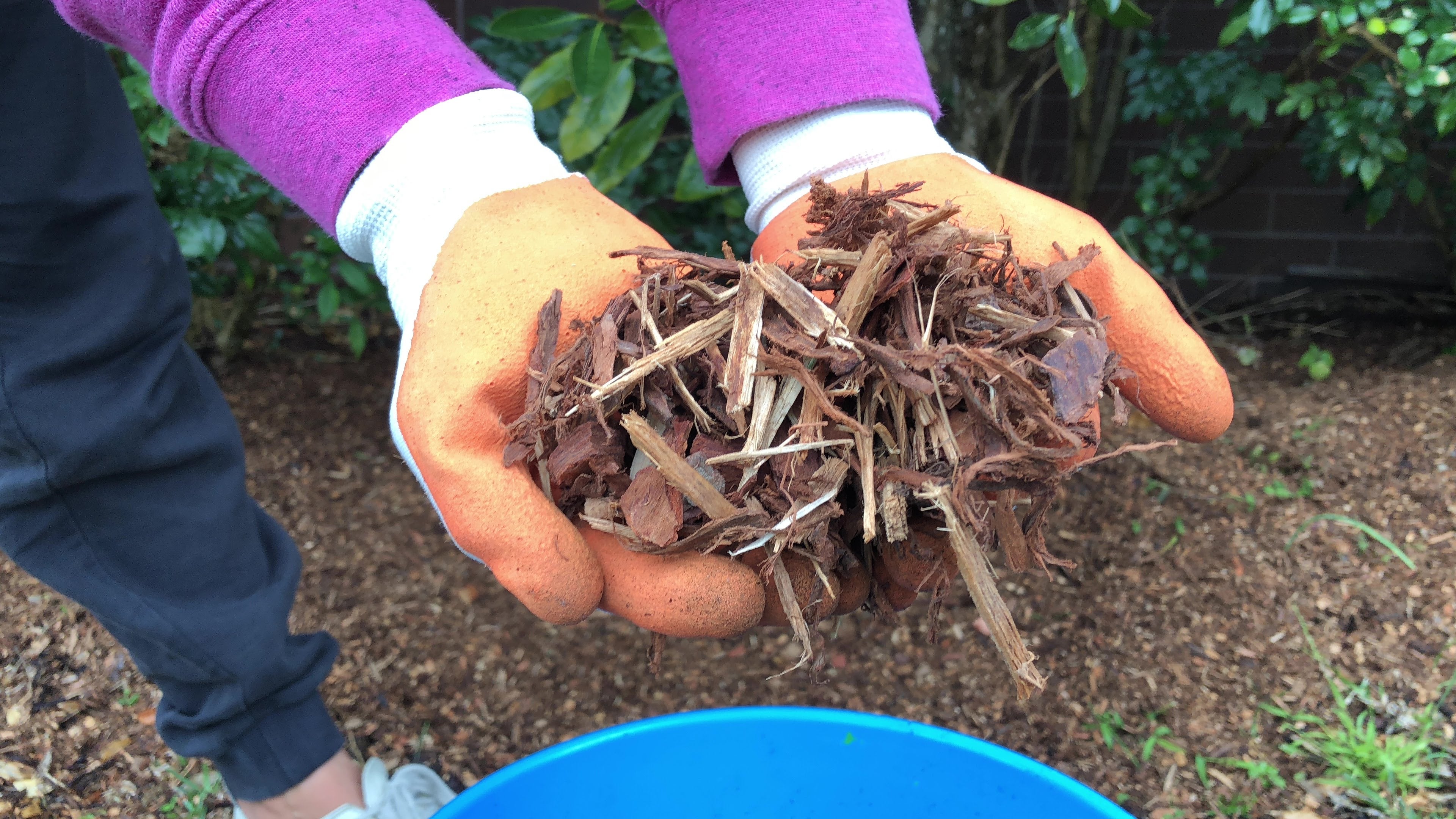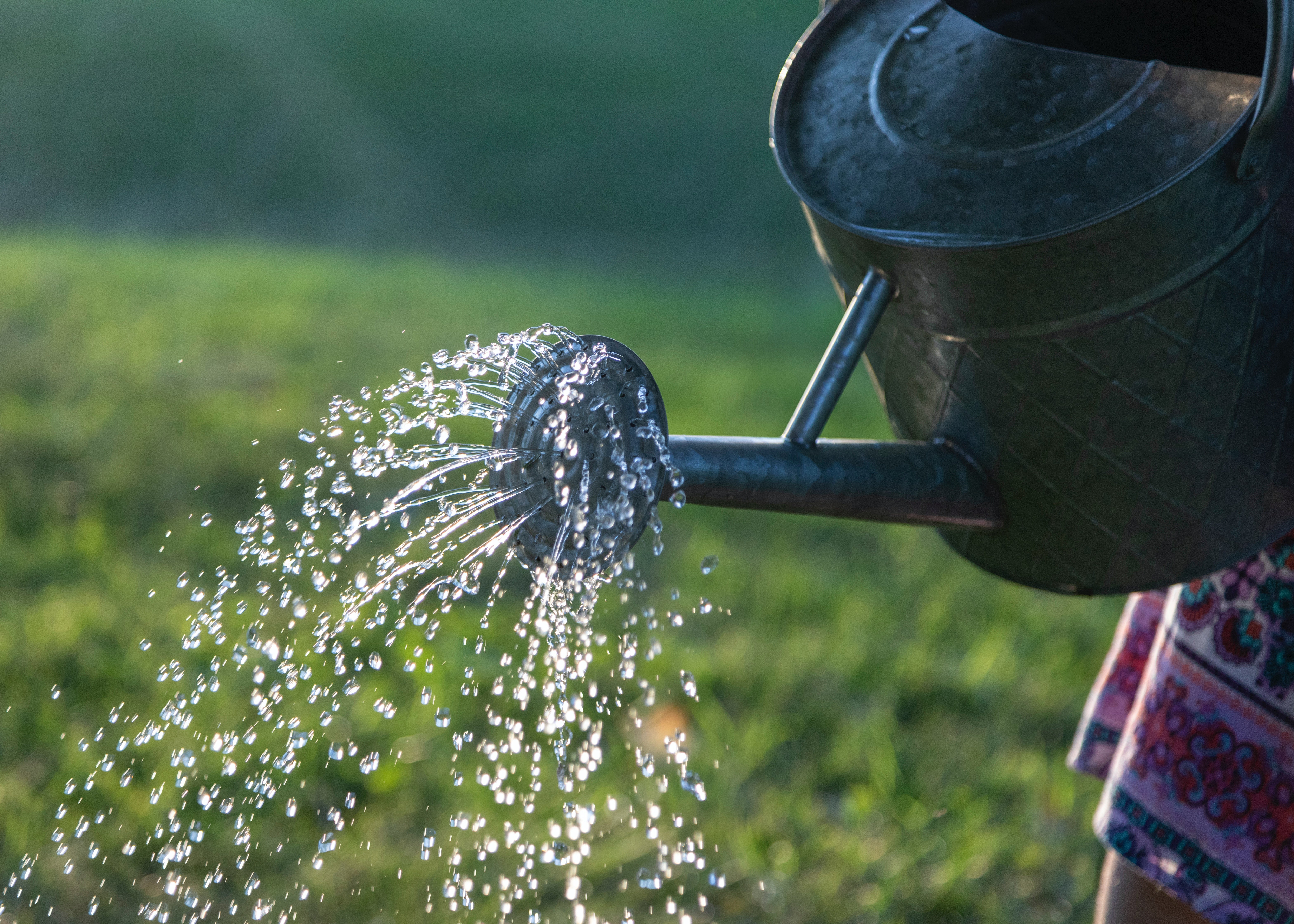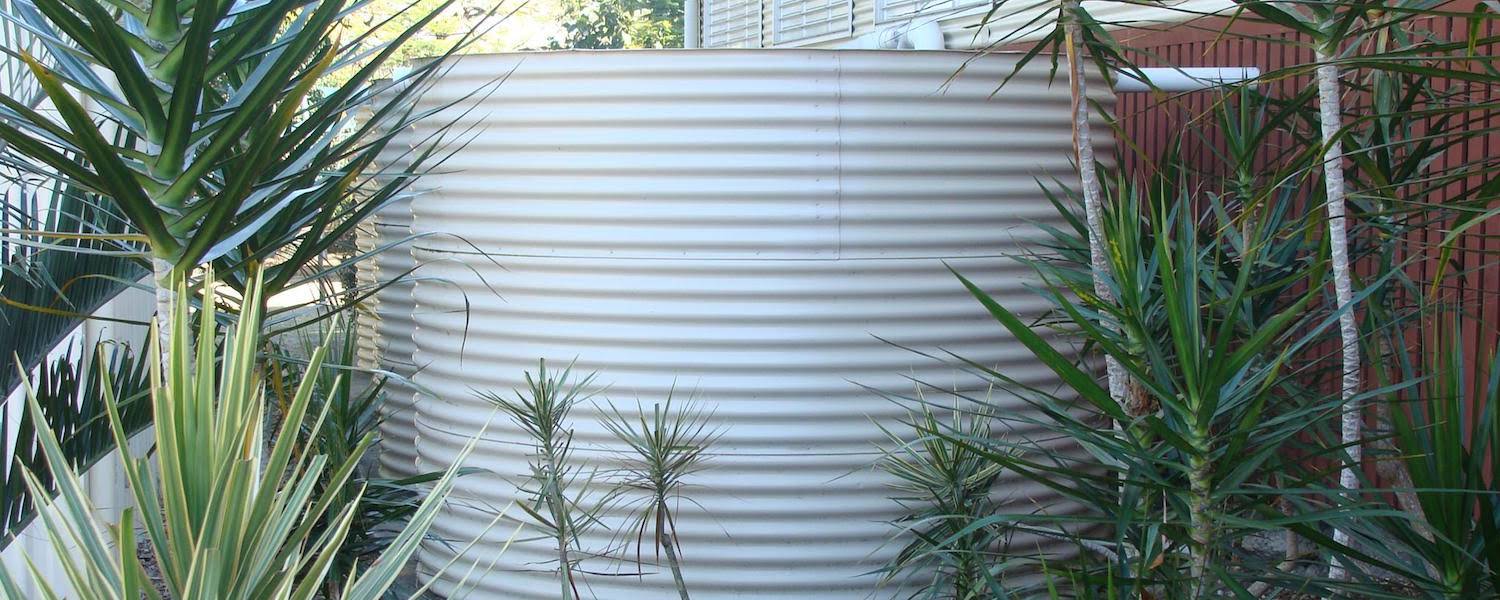While you're out enjoying what's left of the sun, why not take the opportunity to upgrade your plants to suit the seasonal conditions and ensure your green spaces stay healthy.
With a little less rainfall, it's easy to let your hose run wild when you're out amongst the trees and plants. But, we encourage everyone to treat water as precious no matter the season. From adding a trigger nozzle to your hose, to watering at dawn, and using mulch, there are a number of things you can do to make every drop count.
And, if you are yet to invest in a rainwater tank, now is a good time to do some research on the benefits. Rainwater tanks give you access to free water and help the environment as you collect rainfall from the stormwater system for later use on your vegetable patch, garden or lawn. If you invest now you'll be sitting pretty when winter comes around.
If you’re after some advice on what to plant, explore the sections below.
A water efficient oasis awaits
What to plant
for the season
Plants for dry soil conditions
Our friends at the Auckland Botanic Gardens have not only researched but they have trialled plants for Auckland’s diverse soil conditions.
Plants that are grown in the right conditions will require less TLC, will be less prone to diseases, and will naturally be healthier. Follow the link below to the Auckland Botanic Garden's website where you'll find useful ideas on designing a garden that suits drier soil conditions.
How to make the most of
mulch in your garden
No matter the season, mulch is your friend. It can reduce evaporation from the soil by up to 70 per cent, so think of it as being a blanket on the soil.
Mulches moderate soil temperature, inhibit weed growth, and over time improve the soil structure and health of plants. The basic rule is; any mulch is better than no mulch. Kevin Walsh, author of Waterwise Gardening, describes three kinds of mulch in his book.
Coarse mulch
Coarse mulch, like pine bark, pebbles, recycled concrete and bricks make a long-lasting mulch that is excellent for preventing weeds. It is also very good for keeping the soil cool, particularly if it is lightly coloured. This mulch won’t improve the soil much and in the short term will take nitrogen out of the soil. But, this can be compensated for by spreading some nitrogen rich fertiliser on the soil before spreading the mulch. This sort of mulch can be 50-75mm deep.
Medium mulch
Medium mulch, like pine bark or wood chips, is excellent for reducing weeds. This sort of mulch is usually laid 25-50mm deep. One danger with mulches is watering too often - bringing roots to the surface of the soil under the mulch. If the mulch goes or the surface of the soil dries out, when the roots are too shallow the plants die. The solution is less frequent watering.
Fine mulch
Fine mulch, like sawdust and euca can stop water getting into the soil, so don’t make it too thick – about 25mm deep – and top it up each year when the ground is starting to dry out. Pea straw, cow and horse manure, and compost make excellent mulches because they improve the soil and attract worms.
Compost
Compost increases the organic content of the soil which holds water and provides the material that bacteria and worms need to break down to keep your soil full of nutrients. The perfect growing medium is soil that drains easily, but holds enough water to feed your plants. Compost will do both these things.
Without good soil, it won’t matter how much water you put on the garden, it won’t do well. Compost can easily be made at home or check out local suppliers for recycled green waste mulches and compost.
The best time to water
different areas of your garden
With Auckland prone to having a handful of seasons in one day, it’s always a good idea to know when certain plants need a sprinkling of water from your watering can.
Watering at dawn should be your preference, while watering at dusk after a dry day should be avoided as moisture resting on foliage overnight encourages fungal diseases. Frequent light watering encourages shallow roots, so aim for longer, infrequent watering which allows the top layer of soil to start drying out before watering again.
Here are some watering tips for specific areas of your garden.
Vegetable patches
Growing vegetables need between 25-30mm of water per week for good growth. If watering by hand, once a week will often be adequate: that will allow the water to soak to a depth of about 150mm. Repeat again when the top few mm of soil have started to dry out.
Fruit trees
The water and feeding needs of fruit trees are normally greater than ornamental plants of a similar size. Mixing plenty of organic matter into the soil prior to planting will not only help the plants access nutrients, but will also help the soil retain moisture, reducing the need for watering. Keep grass and weeds clear of roots and mulch heavily to conserve water.
Ornamental trees and shrubs
Freshly planted trees and shrubs require additional attention to watering while they become established. As the roots grow deeper into the soil, they become less dependent on water available in the topsoil, and irrigation becomes less critical. Heavy mulching of garden beds around trees and shrubs will minimise the need for irrigation.
Discover the benefits of
rainwater tanks
Rainwater tanks not only give you access to free water, but they help the environment. They allow you to collect rainfall from the stormwater system for later use on your vegetable patch, garden or lawn.
Here are some ways that you and your garden will benefit from a rainwater tank:
- Collecting rainwater allows you to be prepared for times of low rainfall, so you can still maintain your garden, especially if there are water restrictions in place.
- Your garden loves rainwater, and you can use it to top up your pool or wash your car.
- Using rainwater can reduce your water bills as rainwater is free.
- Capturing rainwater reduces the load on stormwater systems because roof runoff is not flushed into the drains.
- If you are in the process of planning a new house, think about ensuring the design includes provision for a rainwater tank.
Check out the video below from our friends at Council for what you need for a rainwater tank.
Reusing water
from inside your home
You may not think so, but it is possible to maintain healthy green spaces by using water from inside your home and introducing some nifty water efficient habits.
Keeping a bucket in the shower is a great way to collect water for use on the lawn or garden. Tip soapy or excess water from fish tanks over your plants – but remember, some plants can’t handle softeners and harsh detergents, and please don’t use this water on the vegetable patch.
If, when preparing dinner each night, you wash your vegetables in a bowl of water, that water can be reused to help grow the vegetables still sprouting in your garden.
By washing your car on the lawn, your grass stays green and your car gets a clean.
Kids' stuff
Fun facts about water and its amazing journey from sky to sea.
Water saving tips
How you can do your bit to save water around the home.
Junior Water Guardians
Help make Auckland's water supply last longer and help the environment.
